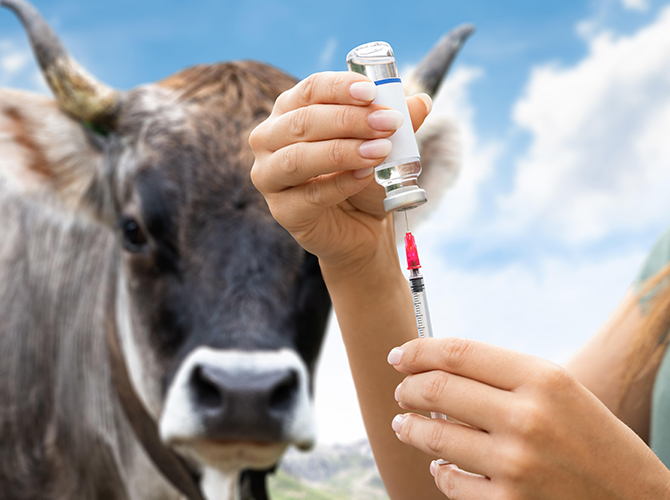
This course examines the requirements for isolating and identifying
pathogens important in animal health. It concentrates on general principles and
practices, but gives a more detailed account of some key veterinary pathogens.
It also describes the importance of correct sampling, good laboratory practice
and quality control measures.


